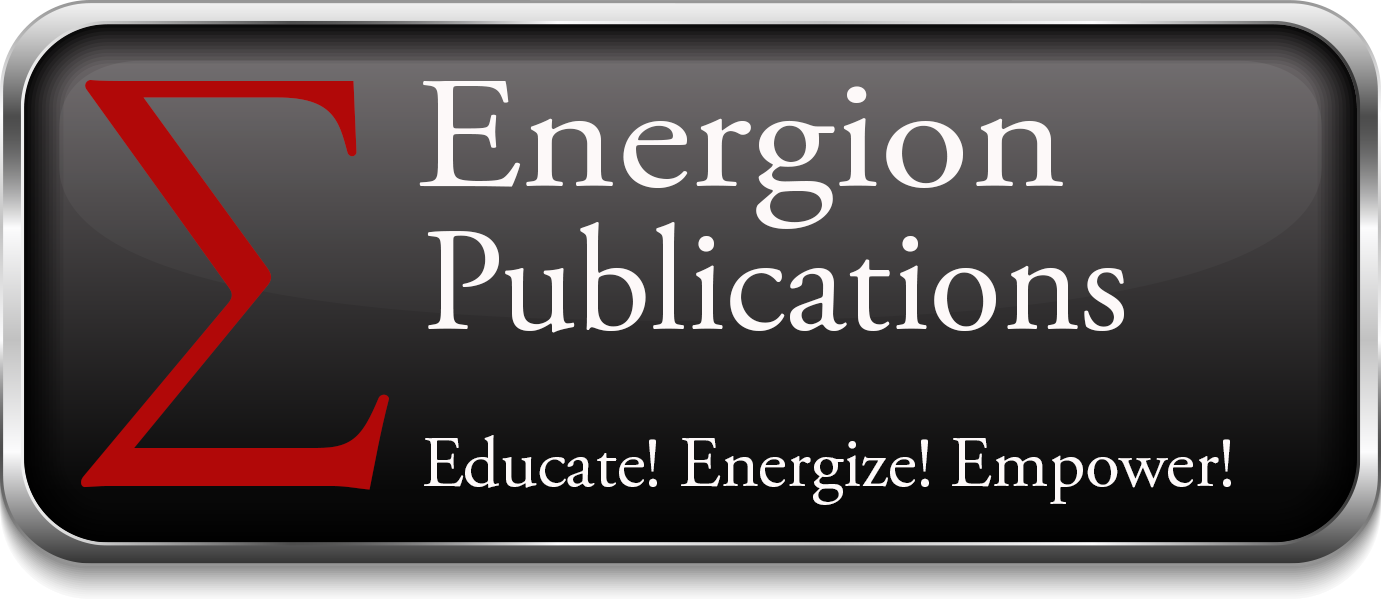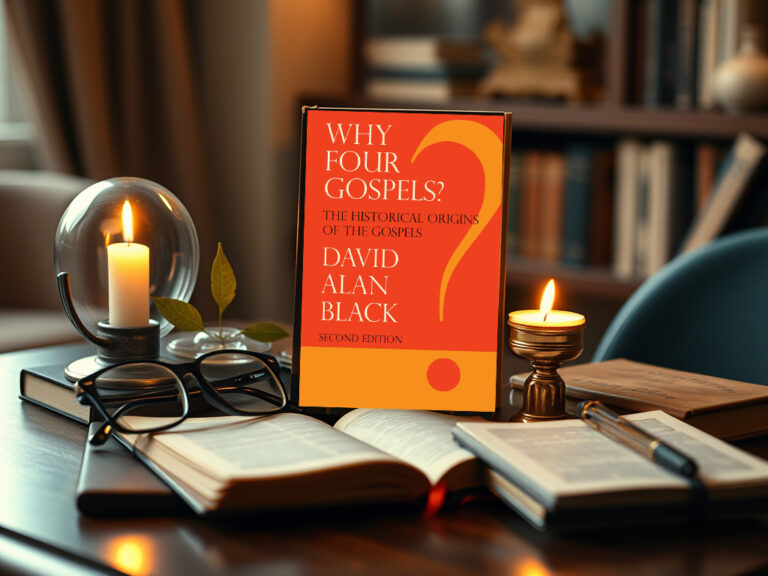Gender Neutrality and Bible Translation
by Henry Neufeld
Many people in the pews don’t understand the controversy that surrounds this issue. Some think they do, but have misunderstood what the debate is about. This essay is not intended as a contribution to scholarly debate, but rather as an explanation to the general public as to what the issues really are. Though I have a definite point of view I believe you can read this essay, gain some insight into the problem, and still end up disagreeing with me.
Some people prefer the term “gender accuracy” but I continue to use gender-neutrality, because that is the term most people in the church pews think of in connection with this issue. It is also part of the second and third issues that I list.
Multiple Issues
There is not a single issue of gender-neutral language, with people divided into “yes” and “no” camps. Rather there are at least three issues involved.
- The issue of gender references in Bible translation, where the reference of a Bible passage is (probably) to people of more than one gender.
- The issue of gender in references to God or angels as used in the Biblical text.
- The issue of gender in references to God or angels in modern liturgical language and in common speech.
Gender References in the Bible
There is a great deal of agreement amongst scholars about a number of references in the Bible in which one can clearly determine the gender of the persons referred to. In these cases, translators search for the best option to represent the actual persons referenced. If it is a group of men and women, modern usage usually requires some indication, such as “brothers and sisters” rather than “brethren,” or something similar.
More controversial is the use of “he or she” instead of just “he” or the singular “they,” which were all deprecated by English teachers a few years ago, but have become nearly standard. These issues have an impact on how well various audiences understand the Bible, but they do not represent theological positions as such. Some people complain of political correctness when certain terms are used; others are annoyed when the sisters are not included. Let me suggest that this is a matter of preference. If you don’t like modern gender-neutral language, choose a Bible translation that doesn’t use it and find a church where the dialect spoken reflects your preferences. It’s not worth fighting over. (For help choosing a Bible version, see the Energion.com Bible Translation Selection Tool.)
More controversial still is the idea of “male representation.” To understand this issue consider the difference in translation of Psalm 1:1 between the ESV and the NLT:
Blessed is the man who walks not in the counsel of the wicked, nor stands in the way of sinners, nor sits in the seat of scoffers; (ESV)
Oh, the joys of those who do not follow the advice of the wicked, or stand around with sinners, or join in with scoffers. (NLT)
In order to avoid the gender specific language, the translators of the NLT have changed the singular reference to a man to a neutral and plural “those.” This changes the gender reference, but it also changes the number. There are those who believe that this dilutes the meaning, that there is an intention here to hold up a single man, definitely not a woman, as the example of the person who obeys God and is blessed. The ESV sticks with the gender specific and singular form.
I chose the ESV and the NLT because those two translations are both done by evangelical translation teams, which makes it clear that this is not a liberal vs. conservative argument.
Again, while I understand the issue, let me suggest that the best way to approach this is to choose a Bible version that is translated in the way you prefer. Nobody is deceiving anyone. The NLT translators, and others, such as the TNIV team, believe that the best way to convey the meaning of this verse is to present it in a gender-neutral fashion, keeping it clear that either a man or a woman who obeys God would be blessed. The ESV translators are sticking with the number and gender in the source text, assuming that people will understand that the blessing is not limited by gender, but believing that the spiritual position of the male is important and must be preserved.
(Note that I don’t know the theological position of each of the ESV translators. Some of them might simply prefer the more literal rendering, despite some possible loss of communication, or might also not believe that there is that much loss of communication with the exclusively male pronoun.)
All of these issues relate purely to translation. There is no question how Hebrew and Greek represented mixed groups of men and women. The question is how we express the same thing in English, being faithful to the source texts, and also being accurate and clear in the way we communicate.
Gender Language Referring to God in Translation
Most Bible translators will quickly tell you that they do not believe in modifying gender language used in reference to God. This issue becomes confused with the first issue. I am frequently asked when teaching whether the NRSV is that “gender-neutral” Bible. Normally people are referring to various efforts to change terminology used in reference to God, modifying he to she, or to a combination of masculine and feminine pronouns, or referring to “Mother-God” instead of “Father God.” But the NRSV did no such thing. All of its modifications of gender language fall into the first category I listed above, and are hardly more radical than those of the evangelical NLT.
This type of language with reference to God should be clearly distinguished from translating simple references to persons or groups of people. The vast majority of Bible translations are not nearly so radical. There have been a few experiments in translating references to God in the Biblical text, but none of these occur in mainstream versions. Despite the fact that if you put “gender neutral” and “NRSV” into Google, you’ll get multiple pages of listings talking about the “gender neutral NRSV,” the NRSV only deals with references to groups of people and does so quite well.
It is because of this confusion that many people would like to change the terminology, using “gender accurate” for the instances I noted in my first heading, but saving the term “gender neutral” for this second area.
For historical reasons, I would suggest that translating the scriptural references to God using modern gender neutral terminology is inappropriate. The writers of the Bible used masculine references to refer to God; they understood his role using masculine metaphors, and we should not obscure this historical fact.
Gender References to God in Modern Liturgy
But what about references to God by feminine terminology in modern liturgy or in common conversation about God? One of my favorite authors, Andrew Greeley, regularly uses feminine pronouns and other references to God in his novels. I do not find this in any way offensive.
Why do I find gender-neutral translation of references to God in the Bible offensive, but not modern use? The issue is both historical and experiential. Historical, in that it is simply a fact that metaphors for understanding God were largely masculine in Biblical times. We should not hide from facts of history. But it is also experiential in that it is extremely valuable to understand that our experience with God can change and grow, and that we can learn to understand God under new terminology and new metaphors. When we try to make modern people out of the prophets, we tend to obscure this fact. We don’t have to change their experience in order to celebrate our own, developing experience.
So while I would object to alteration of references to God in a Bible translation, I am not disturbed by such references in modern liturgy. I would add one note, however. Those who change the image of God to a purely feminine one are, I believe, losing just as much as those who see only masculine aspects to God. Don’t let fear and bad examples of men in your own life prevent you from seeing the masculine aspects of God’s character.
Summary
Let me simply suggest that the issues of Bible translation can be easily solved by choosing the Bible translations that we use wisely. If certain language does not communicate well with you, don’t use versions that use that language. At the same time, don’t force others to use only versions that communicate best with you-they may be very different from you.
In liturgy, we need to make sure to both communicate, and allow the worshippers to worship. Liturgy can either help people get closer to God, or it can stand in the way. We simply need to look at how individual church members can best worship, and try to facilitate their experience with God as best we can.
For more information, see What’s in a Version, a pamphlet from Energion Publications, or the book by the same title and author, What’s in a Version?
Henry Neufeld is the owner of Energion Publications and the editor of this eZine. He has BA and MA degrees concentrating in Biblical Languages, and has done post masters work in Linguistics.





